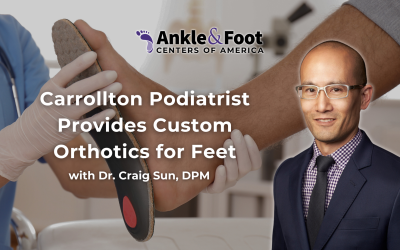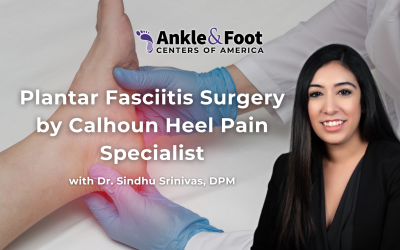From eating better foods to getting an adequate amount of sleep and exercise, we live in a very health-conscious society. So why is it that many Americans routinely overlook one of the cornerstones of good health? While nearly 70 percent of Americans say they want to be healthier five years from now, however just 51 percent recognize that foot health can be a key to achieving that goal, according to a survey from the American Podiatric Medical Association (APMA).
So, with that in mind I’d like to offer not just some common ways to avoid common foot and ankle problems, but also, I like offer some best practices or “Prevention Keys” to avoid injuries on and off the court.
- Nail problems are one of the most prevalent foot woes in both men and women. These problems can range from ingrown toenails to fungal infections. Ingrown toenails—a condition in which the corners of the sides of a nail dig painfully into the soft tissue of the nail grooves—is the most common form of nail problem.
Prevention Key: With ingrown toenails, trim nails straight across and don’t dig into the corners. Those with diabetes, peripheral vascular disease, and other circulatory disorders should seek a podiatrist’s care on a regular basis to help prevent complications. Avoiding fungal nail conditions can be as simple as keeping athletes foot under control and practicing good “shoe hygiene”. What is “shoe hygiene” you may ask??? Keep reading that’s coming up next.
- Sweaty feet (hyperhydrosis) and foot odor (malodor) are two different types of foot conditions that are often experienced together. While malodor of the feet can be potentially embarrassing, hyperhydrosis is commonly the culprit. The increased moisture in a closed environment like shoes can breed bacterial growth which results in the odor. This very same moist environment is also a great place for fungus to grow as well resulting in athlete feet infections.
Prevention Key: Practicing good foot and shoe hygiene with keeping the feet and shoes dry as possible often prevents these conditions. Wash feet daily with soap and water, keep shoes and socks dry, and choose socks that wick away moisture. Change shoes and socks regularly and consider rubbing cornstarch or applying antiperspirant directly onto the soles of your feet to keep them dry. Another tip is to sprinkle your favorite powder (i.e. baby, gold bond) into your socks to keep the feet dry. Consider letting your shoes air out in the sunlight on your off days, the UV light is a disinfectant and the residual moisture that leads to odor will go away.
- Pain in the heels or the ball of the feet are known respectively as plantar fasciitis and metatarsalgia. Pain in these locations can be caused by over-exertion, injury, or ill-fitting shoes. Commonly the loss of flexibility in the lower extremities can contribute as well.
Prevention Key: To avoid pain, always wear well-fitting, supportive, activity-appropriate shoes when walking, running, or engaging in other physical activity. If necessary, replace the insoles that came in your shoes with ones that provide additional cushioning and arch support. Insoles are a prevention key for one to consider in general!!! Remember always be sure to warm up and stretch properly before and after exercise.
- Bunions—A bunion is an enlargement and misalignment of the joint at the base of the big toe. Unfortunately, you can’t prevent a genetic deformity but there are certain measures one can take to avoid these deformities becoming a problem.
Prevention Key: Treatments range from self-remedies such as using a bunion pad around the bony prominence, ice packs to reduce the swelling, and to avoiding shoes that could irritate the bunion and even make the problem worse.
General considerations one should always consider for injury prevention are always basic ones that we all know but sometimes don’t pay attention to or take the time to do.
- If we are hurting while exercising or playing a match, our body is telling or sending us a signal that we need rest. So, when you get the message… listen to it. Resting a sore joint and not pushing it sometimes make the difference from an issue becoming a minor problem to a surgical problem.
- Remember when we do get joint and muscle pain, as mild as it may be, always treat it. Remember the old first aid pneumonic Rest, Ice, Compression, Elevation, (RICE) therapy.
- Providing rest periods between workout days for recovery is essential. Consider cross training to avoid repetitive movements and mechanics that lead to overuse and strain on back to back days of training. Always plan a couple of days of rest built in a heavy workout week.
- This one I dedicate to my old track coach, warming up, stretching and flexibility is the key to injury prevention. It’s crucial to spend 5 to 10 minutes before and after workouts and matches to stretch and warm up. Consider adding a yoga program to your workout routine and training for the long rigorous ALTA season. Maybe even consider incorporating yoga during your off days or low impact days. Thanks Coach Beatty!!!
I wish everyone has a great spring and many more aces in their game!!!!





